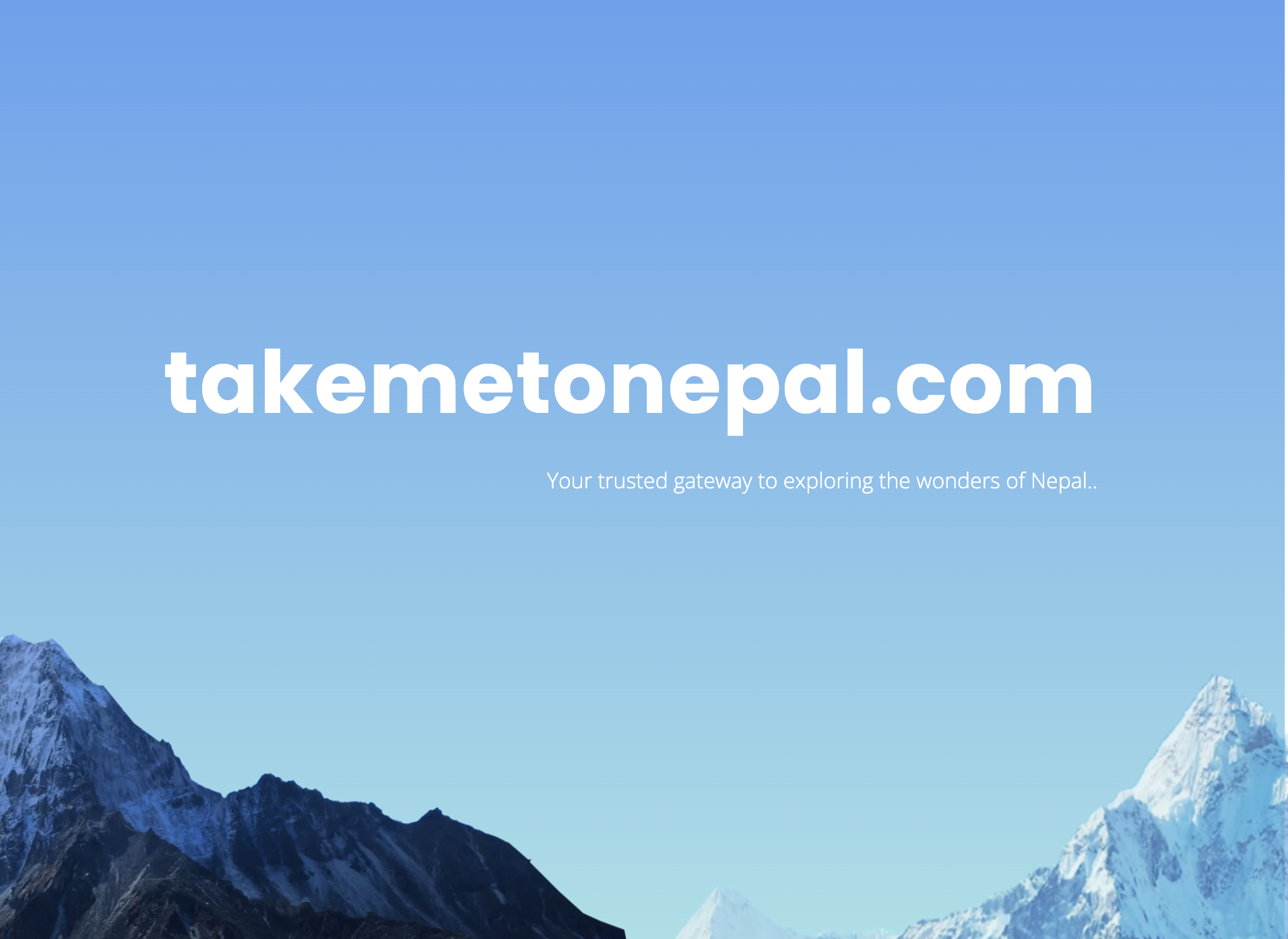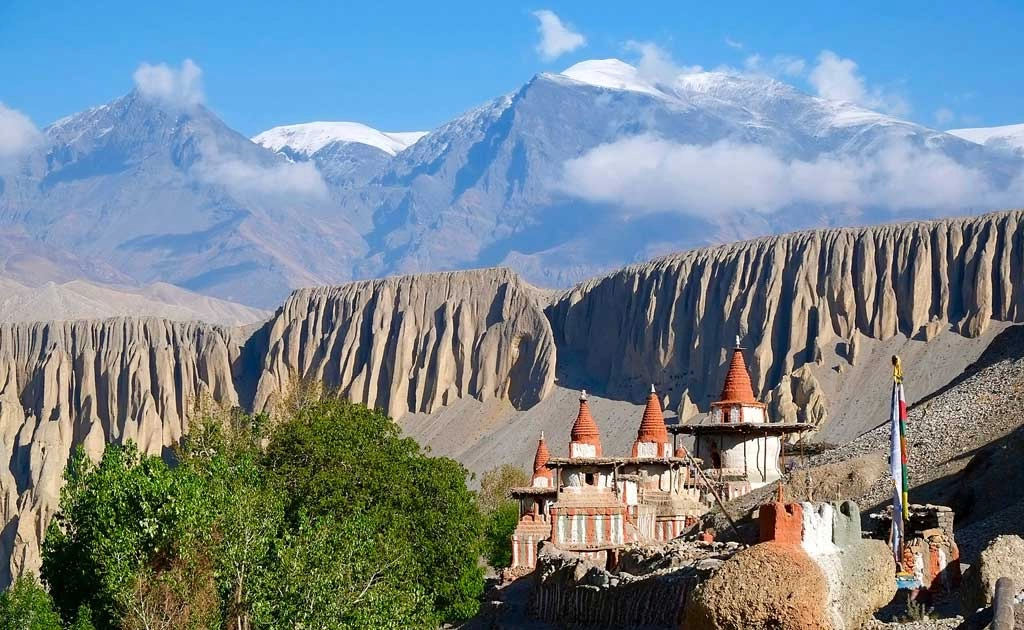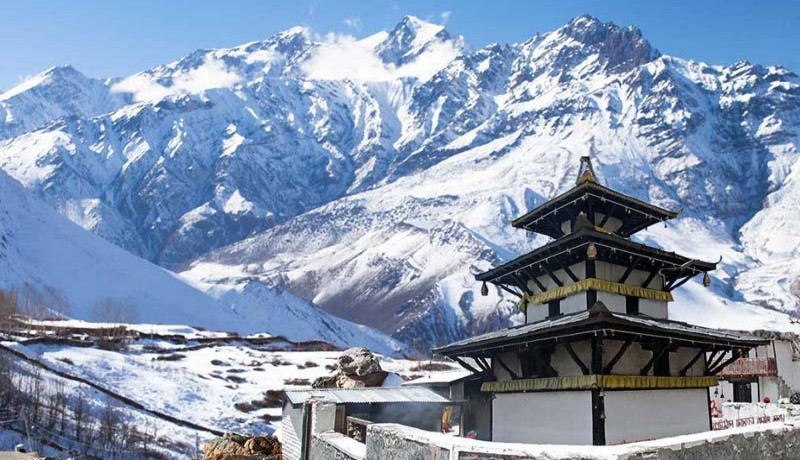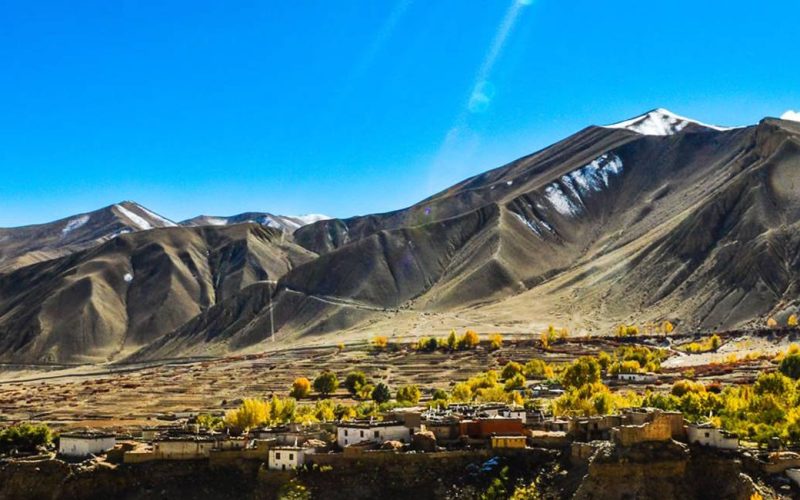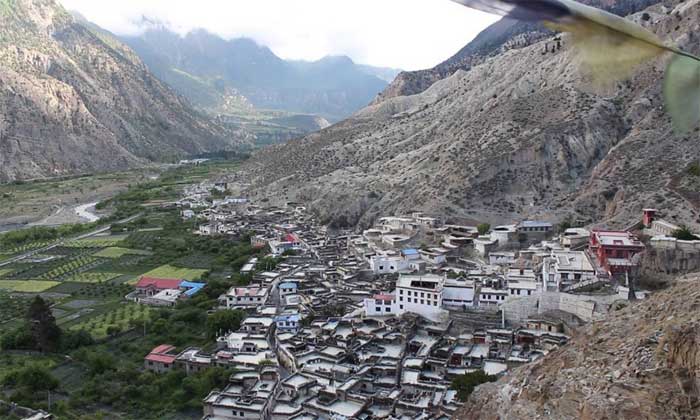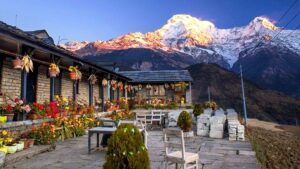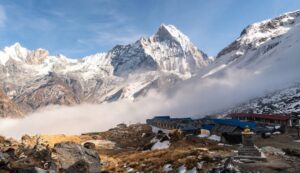Upper Mustang Trek

Location
Upper Mustang, Nepal (North-central, bordering Tibet)
Best Time to Visit
March-May (spring) and September-November (autumn)

Duration
7–12 days, depending on the chosen route and acclimatization stops.

Difficulty Level
Moderate to challenging

Elevation
Sits at an elevation of 3,840 meters (12,600 feet).
Overview
The Upper Mustang Trek offers a unique blend of natural beauty, cultural immersion, and historical significance. Known as the “Last Forbidden Kingdom,”
Upper Mustang retains its centuries-old Tibetan Buddhist traditions and pristine landscapes. This trek is ideal for those seeking an off-the-beaten-path adventure in one of the most remote and fascinating regions of Nepal.
Upper Mustang, located in the north-central part of Nepal, lies on the border with Tibet. The region is a hidden gem nestled in the rain-shadow area of the Annapurna and Dhaulagiri ranges, offering a unique blend of Tibetan culture and dramatic landscapes.
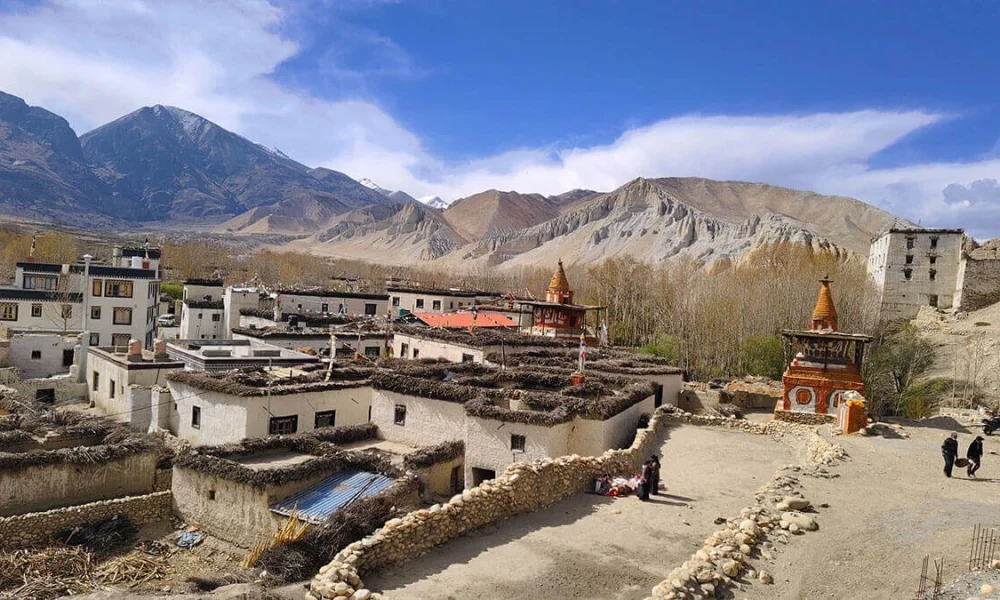
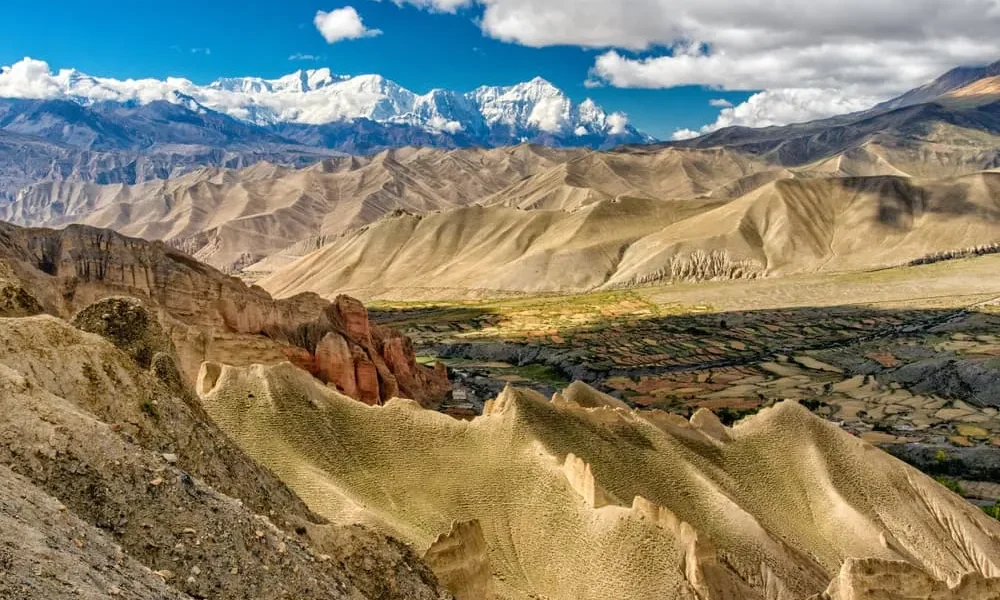
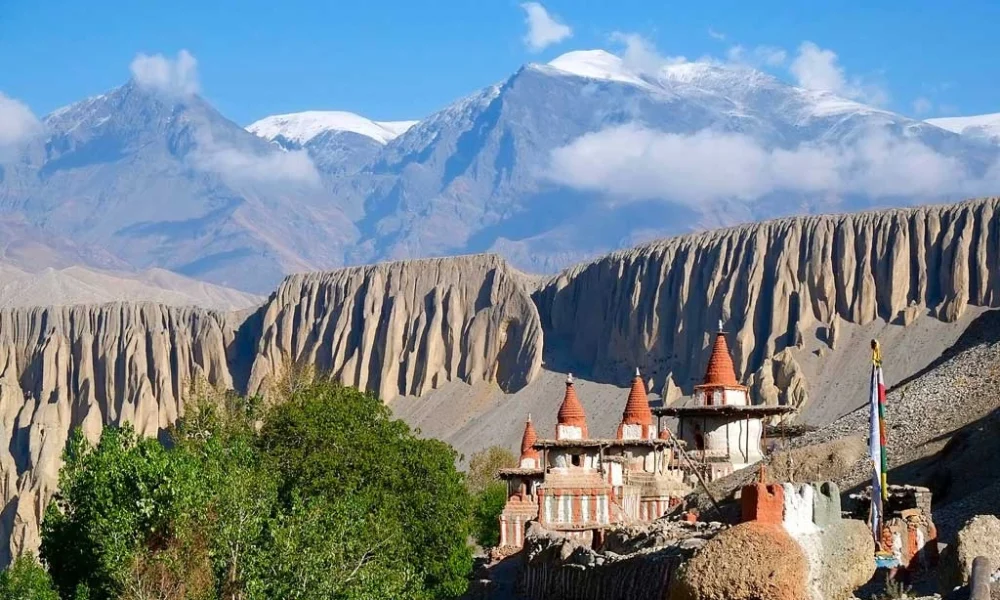
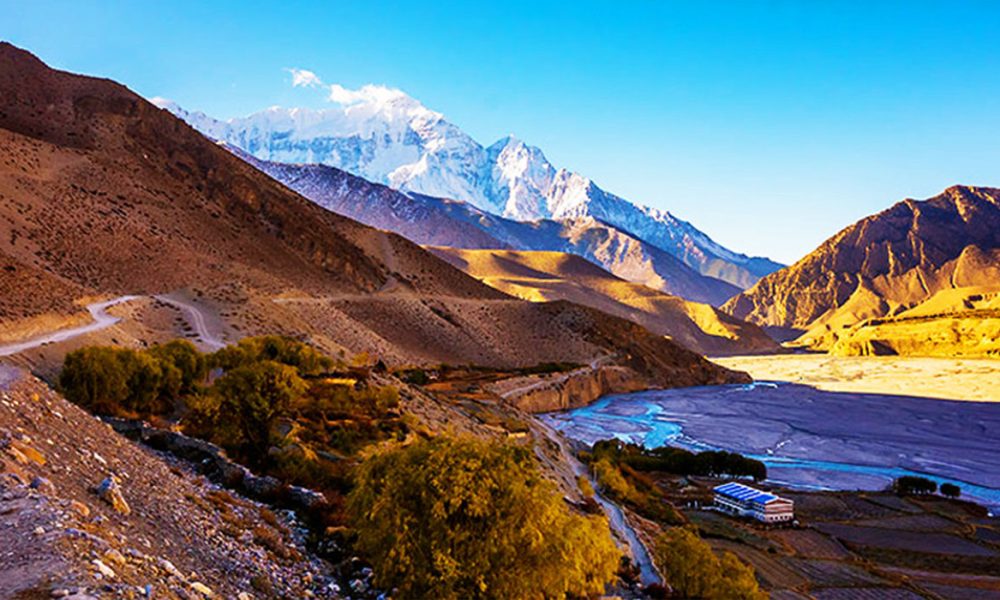
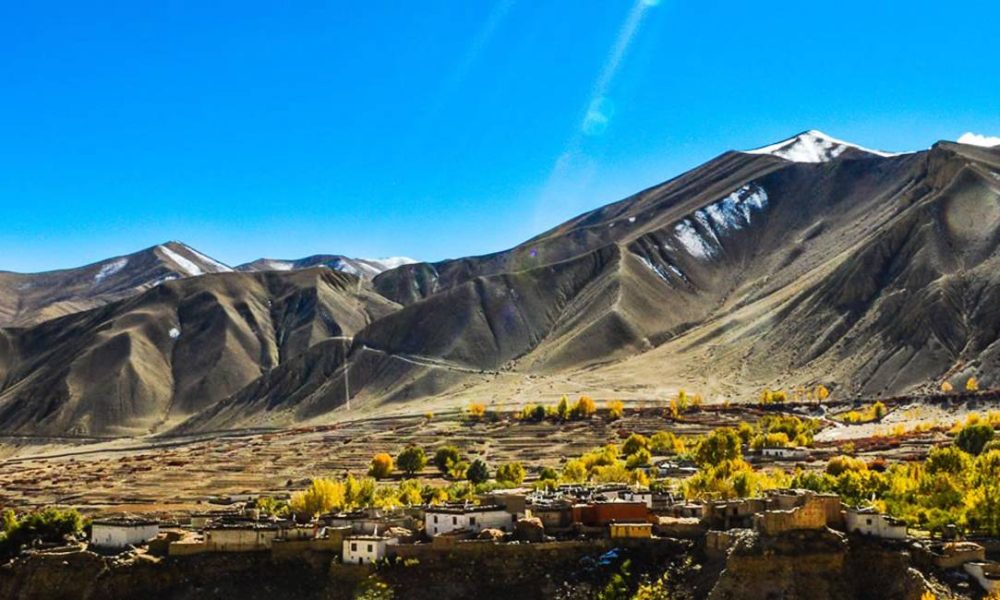
Weather and Climate
The Upper Mustang region is in the rain shadow of the Himalayas, offering a dry and arid climate ideal for trekking even during the monsoon season (June-August).
- Best Time to Visit: March-May (spring) and September-November (autumn).
- Temperatures:
- Daytime: 10-20°C (50-68°F).
- Nighttime: Can drop below 0°C at higher altitudes.
Geological Information
Upper Mustang is a geological wonder, featuring dramatic rock formations, canyons, and deep gorges carved by ancient rivers. The region’s desert-like terrain contrasts with the snow-capped peaks surrounding it.
- Highlights:
- Wind-eroded cliffs painted in natural hues of red, brown, and ochre.
- Hidden caves like the Sky Caves of Mustang, believed to be thousands of years old.
Flora and Fauna
Although the region is arid, it supports unique vegetation adapted to its harsh climate.
- Flora: Junipers, wild buckwheat, and alpine shrubs.
- Fauna: Himalayan blue sheep, snow leopards, and various bird species like Himalayan vultures and snow pigeons.
History and Culture
Upper Mustang, once an independent kingdom, still retains its Tibetan Buddhist heritage. The trek offers a glimpse into ancient traditions, centuries-old monasteries, and the fascinating history of Lo Manthang.
- Highlights:
- The ancient walled city of Lo Manthang.
- Chortens, mani walls, and prayer wheels along the trekking route.
- Tiji Festival: A three-day ritual celebrated in Lo Manthang during May.
People and Customs
The people of Upper Mustang are ethnic Tibetan Buddhists who follow traditions passed down for centuries.
- Highlights:
- Warm hospitality from locals in teahouses and homestays.
- Traditional attire, with vibrant jewelry and yak wool garments.
Cuisine: Enjoy dishes like Tibetan butter tea, thukpa (noodle soup), and yak cheese.
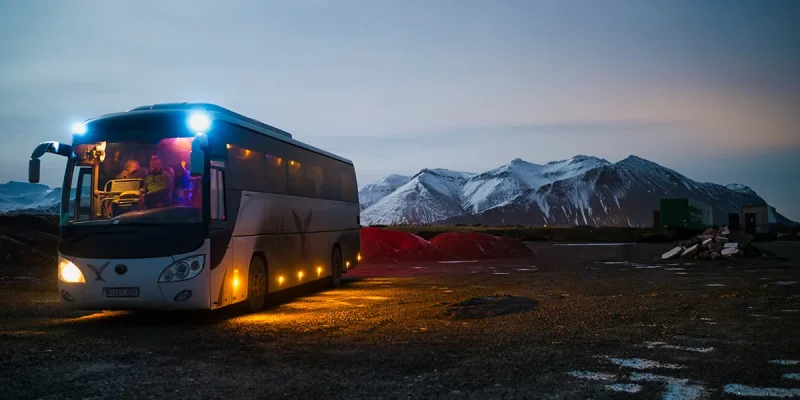
Transportation Information
How to Reach:
- Fly or drive to Pokhara from Kathmandu.
- From Pokhara, take a flight or drive to Jomsom, the starting point of the trek.
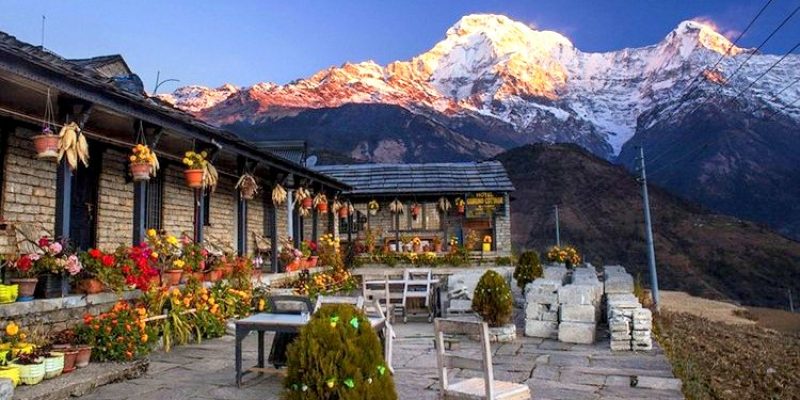
Accommodations
Teahouses and lodges are available along the trekking route, offering basic amenities. In Lo Manthang, you can find slightly better facilities with traditional Tibetan-style architecture.
- Cost: NPR 1,000-3,000 per night, depending on altitude and season.
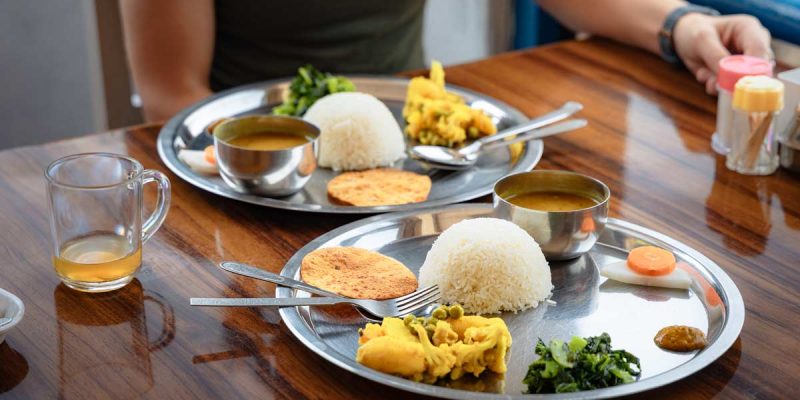
Dining and Cuisine
Enjoy hearty meals to keep your energy levels high:
- Staples: Dal bhat, momo, and Tibetan bread.
- Snacks: Dried yak meat, churpi (hardened cheese), and local beverages like barley beer (chang).
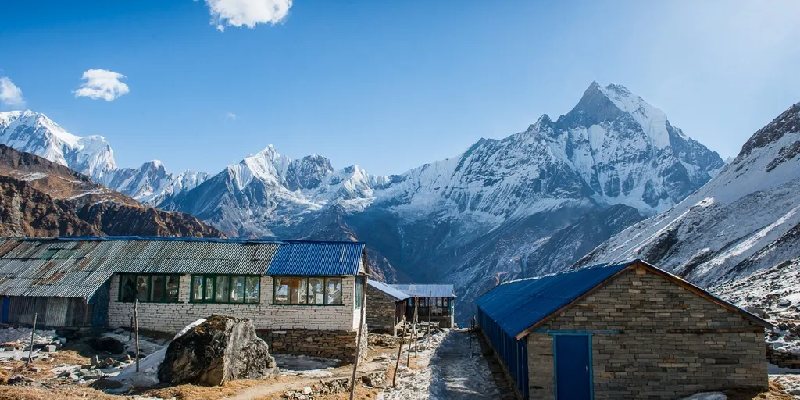
Permits and Entry Requirements
The Upper Mustang region is a restricted area, and special permits are required:
- Restricted Area Permit (RAP): USD 500 for 10 days (USD 50 for each additional day).
- Annapurna Conservation Area Permit (ACAP): NPR 2,000. Permits can be arranged in Kathmandu or Pokhara.
Safety Information:
- Altitude Sickness: Acclimatize properly and stay hydrated.
- Healthcare: Limited medical facilities; carry a first aid kit.
Emergency Contact: Register with local authorities and keep emergency numbers handy.
Gear and Packing Lists
- Essentials: Sturdy trekking boots, warm clothing, sunscreen, and sunglasses.
- Extras: Sleeping bag, trekking poles, and power banks.
- Altitude Gear: Insulated jackets, gloves, and a good-quality sleeping bag.
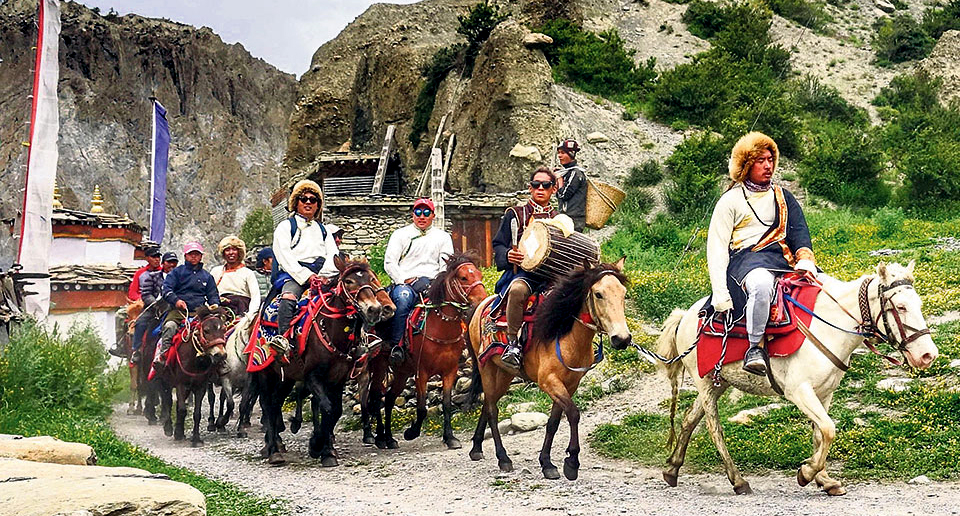
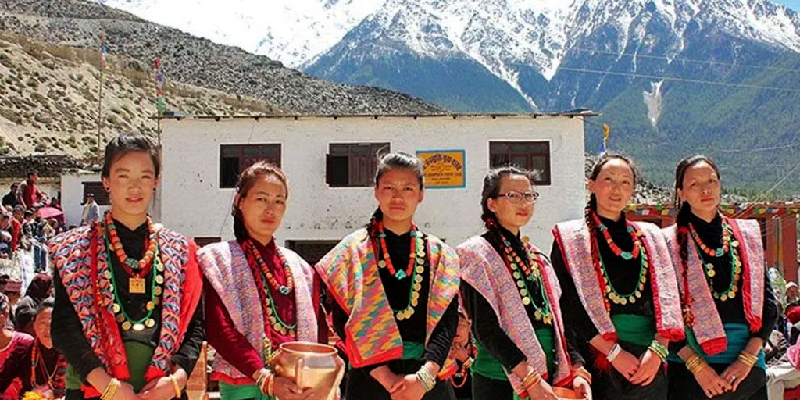
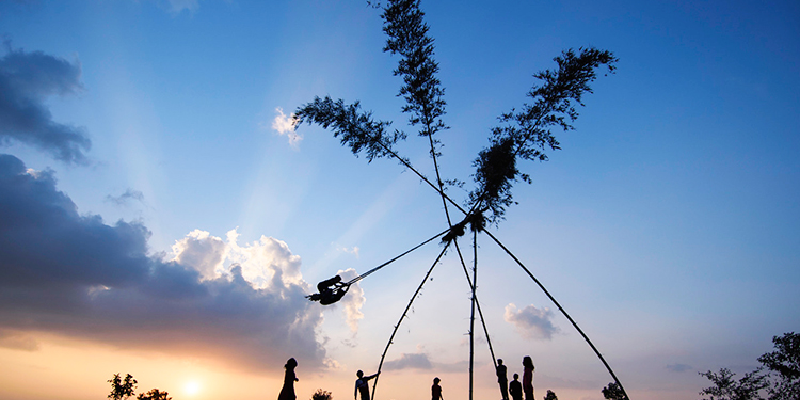
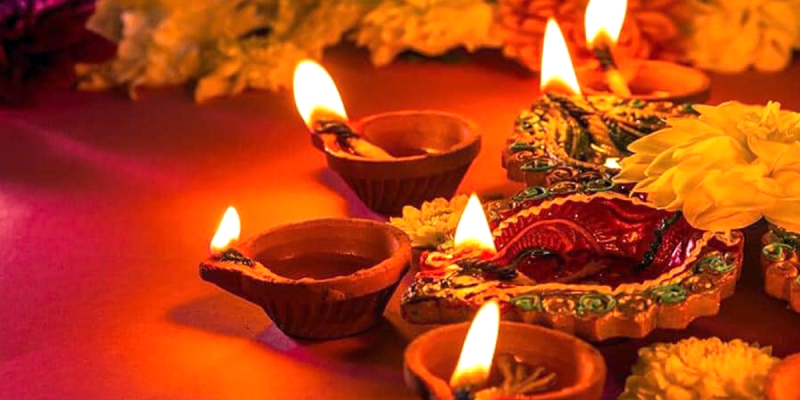
Local Festivals and Events
- Dashain and Tihar are celebrated in the region (October-November).
- Yartung Mela, celebrated from August 14 to 16 during the full moon, is a vibrant three-day festival featuring horse races, drinking, and dancing by the Gurung and Thakali communities.
- The Mitha (Dhachang) festival is a unique cultural event celebrated in the Manang Valley of Nepal. It is characterized by a traditional archery competition, which holds significant cultural and social importance for the local communities.
- Other Annual mountain festivals hosted in nearby villages.
Lets Plan A Trip
